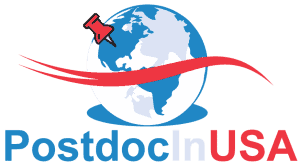Amid pandemic disruptions, grad students push to unionize
/0 Comments/in From ScienceMag: Careers Articles/byFrom ScienceMag:
Students at the universities of New Mexico, California, and Vermont are among those currently organizing
My sleep disorder complicates my career—but it doesn’t mean I can’t succeed
/0 Comments/in From ScienceMag: Careers Articles/byFrom ScienceMag:
This postdoc gained confidence after communicating with a senior scientist who has narcolepsy
Thoughts of work invaded my life—until I learned how to unplug
/0 Comments/in From ScienceMag: Careers Articles/byWomen feel like imposters in disciplines that value ‘brilliance’
/0 Comments/in From ScienceMag: Careers Articles/byFrom ScienceMag:
To address the problem, institutions need to improve workplace culture, researchers say
Why I shared my experiences of homophobia with my academic colleagues
/0 Comments/in From ScienceMag: Careers Articles/byFrom ScienceMag:
“I saw the motivating power of sharing vulnerability,” this professor writes
How to stop self-sabotaging your career
/0 Comments/in From ScienceMag: Careers Articles/byFrom ScienceMag:
In this installment of Your Unicorn Career, our columnist advises about guarding your career against attacks from within
I’m a scientist and mother. When I lost my job during the pandemic, I almost gave up
/0 Comments/in From ScienceMag: Careers Articles/byFrom ScienceMag:
Supportive colleagues helped this researcher avoid repeating a past mistake of quitting prematurely
Can anonymous faculty searches boost diversity?
/0 Comments/in From ScienceMag: Careers Articles/byFrom ScienceMag:
The chair of a department experimenting with this approach shares their experience
Idealist or pragmatist? For a successful job search, know your priorities
/0 Comments/in From ScienceMag: Careers Articles/byFrom ScienceMag:
Finding work that helps the world and meets your practical needs is possible, our columnist writes in this Career Fable
Looking for something…
My DocPoints Balance
Login to view your balance.
